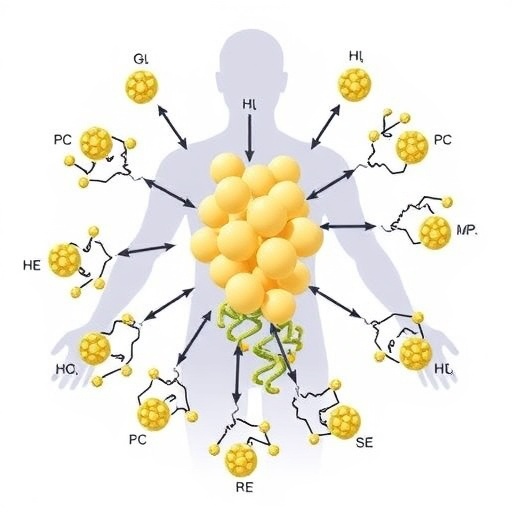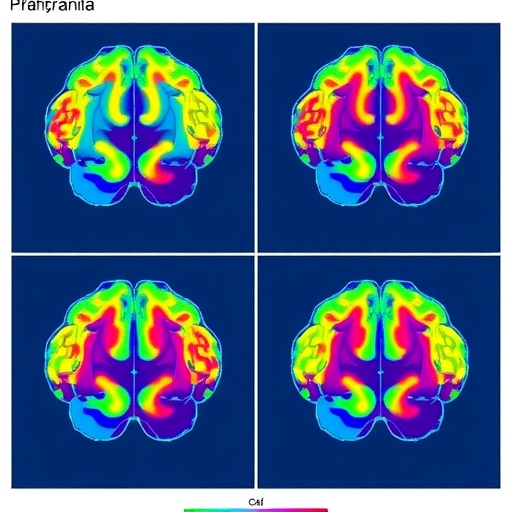Researchers seek to answer longstanding debate
Commonly known as HPV, Human papillomavirus is a virus that infects the skin and genital area, in many cases leading to a variety of genital, anal, and oropharyngeal cancers in men and women. Strong evidence exists showing that penetrative genital sex and oral sex can transmit HPV. However, while HPV is also often detected in the hands, the question of whether hand-genital contacts can transmit HPV has long been a source of debate among researchers.
A new study, led by researchers at McGill University’s Faculty of Medicine, and published in The Lancet Infectious Diseases, aims to solve this debate. Their conclusion: Unlike being genital HPV positive, having HPV in your hand does not increase the risk of transmitting HPV to a sexual partner.
HPV types in the hand generally match those in your own and your partner’s genitals explains Dr. Talía Malagón, a postdoctoral researcher at McGill under the supervision of Dr. Eduardo Franco in the Gerald Bronfman Department of Oncology, and the paper’s first author. This has led some researchers to hypothesize that hand-genital sexual contacts could be enough to transmit HPV infections. “Just because we detect HPV DNA in the hand doesn’t necessarily mean the viral particles are viable or that there is enough to cause an infection,” notes Dr. Malagón. “The DNA might just have been deposited on the hand because a person recently had sex or touched their own genitals.”
While other studies have looked at HPV in sex partners’ hands before, the McGill study is the largest and the first to explicitly disentangle whether hand-to-genital HPV transmission can occur independently of genital-to-genital transmission. The results provide the strongest evidence to date that hand-to-genital HPV transmission is unlikely. “Indeed, we found that most HPV detected in the hand likely came from a person’s own genital HPV infection,” says Dr. Franco, Chair of the Gerald Bronfman Department of Oncology at McGill and senior author on the paper.
Leveraging cohort from HITCH study
Having seen data from another research group showing that sex partners tended to have the same HPV types in both their hands and genitals, the researchers realized they could easily examine this question in their own HITCH study, but with a much larger sample size. “We found the same results as this previous study, but decided to take it a step further by controlling for infections in both the hands and the genitals to disentangle which had come first and whether it was the hand or the genital infections that were responsible for HPV transmission between partners,” says Dr. Malagón.
The team recruited hundreds of heterosexual partners, who agreed to provide hand and genital samples every few months. They genotyped their samples for HPV DNA and analyzed their infection patterns over time to see who got infected where. Individuals were more likely to become HPV positive over time when their partner was HPV positive in the genitals or hands. However, we found that the risk of becoming infected was largely attributable to the partners’ genital HPV infection, and that once we accounted for this the risk of becoming infected was no longer correlated with HPV infections in the hands.
Dr. Malagón notes that the results do not necessarily mean that it is impossible to transmit HPV from hand-genital sex. “It just means that if hand-to-genital HPV transmission does happen, we have not observed it, and it is therefore rare and unlikely to explain how most HPV gets transmitted.”
Vaccination remains the best means of defense
“HPV is very common, and most sexually active adults will become infected with HPV at some point in their lives, without realizing it, before their immune system clears it,” explains Dr. Franco. “Our study suggests you are much more likely to get and transmit HPV through penetrative genital contact than from performing hand-genital sex. Condoms can reduce your risk of infection, but they only provide partial protection. The most effective prevention against infection and the cancers HPV causes is therefore vaccination. Women can also get screened to prevent HPV infections from progressing to cervical cancer.”
###
“Is there a Role for Hand-to-Genital Sexual Transmission of Human Papillomavirus? Results from the HITCH Cohort Study,” by Talía Malagón, et al., was published in Lancet Infectious Diseases
http://dx.doi.org/10.1016/S1473-3099(18)30655-8
Media Contact
Jason Clement
[email protected]
514-398-5909
Related Journal Article
https:/
http://dx.




